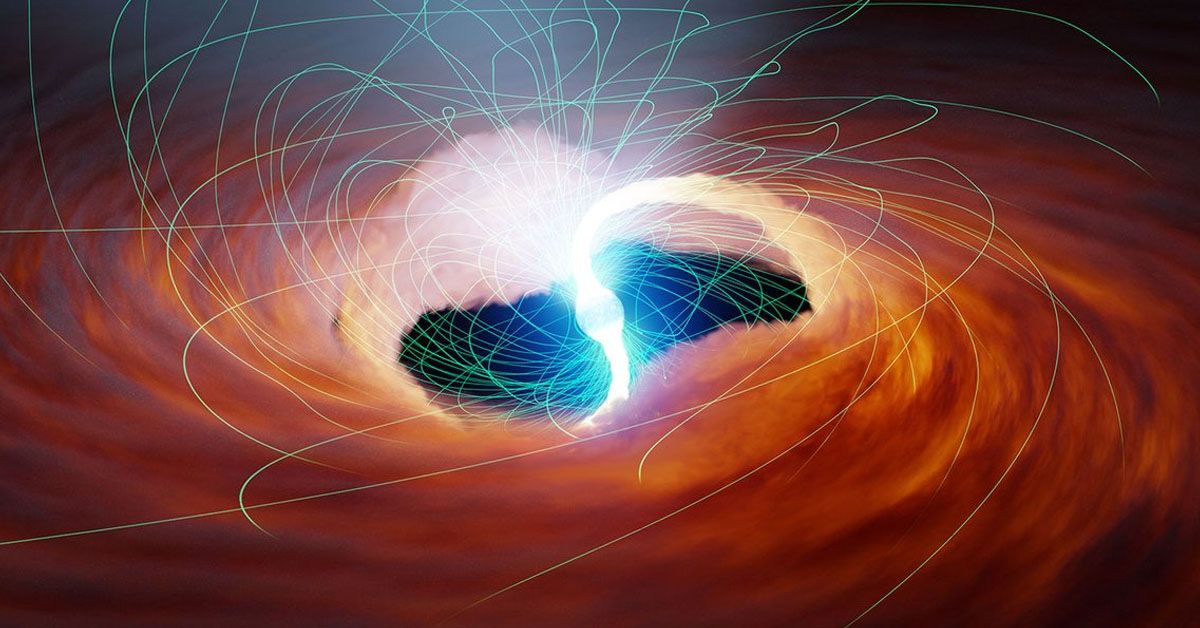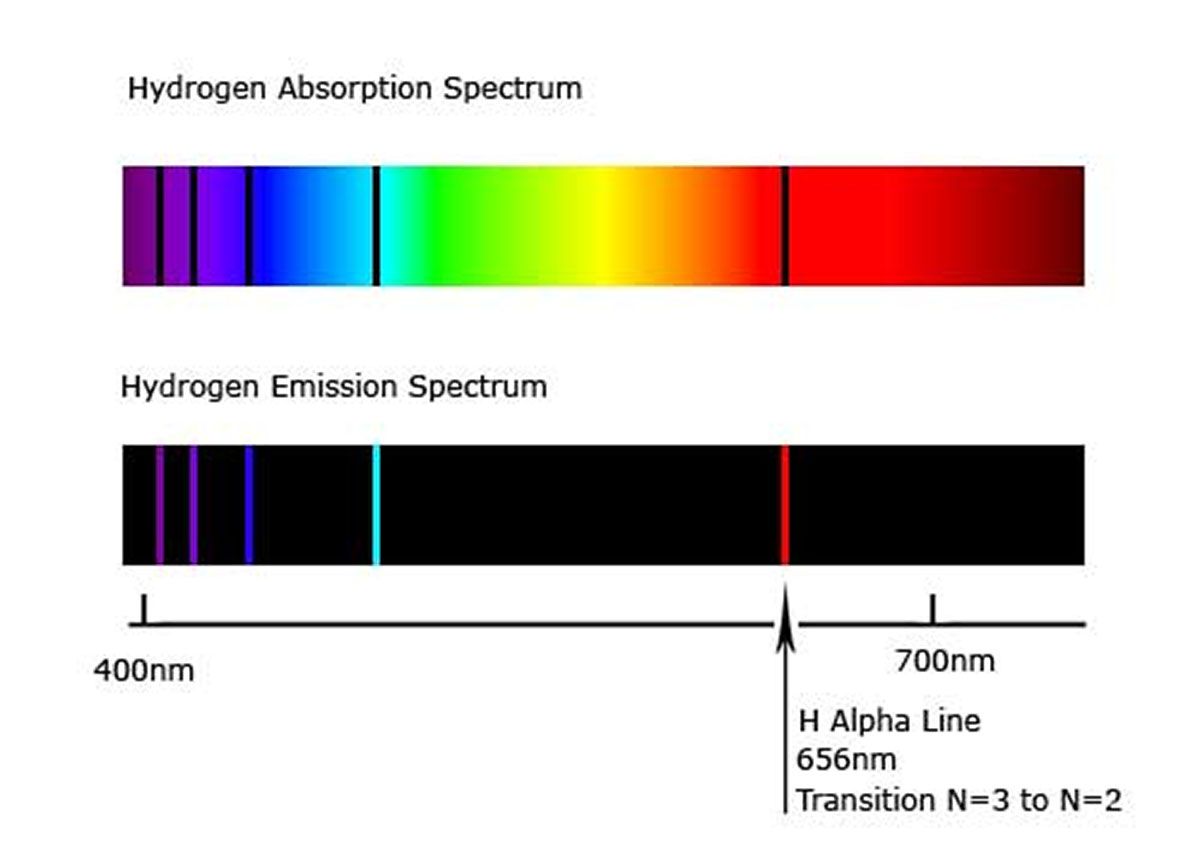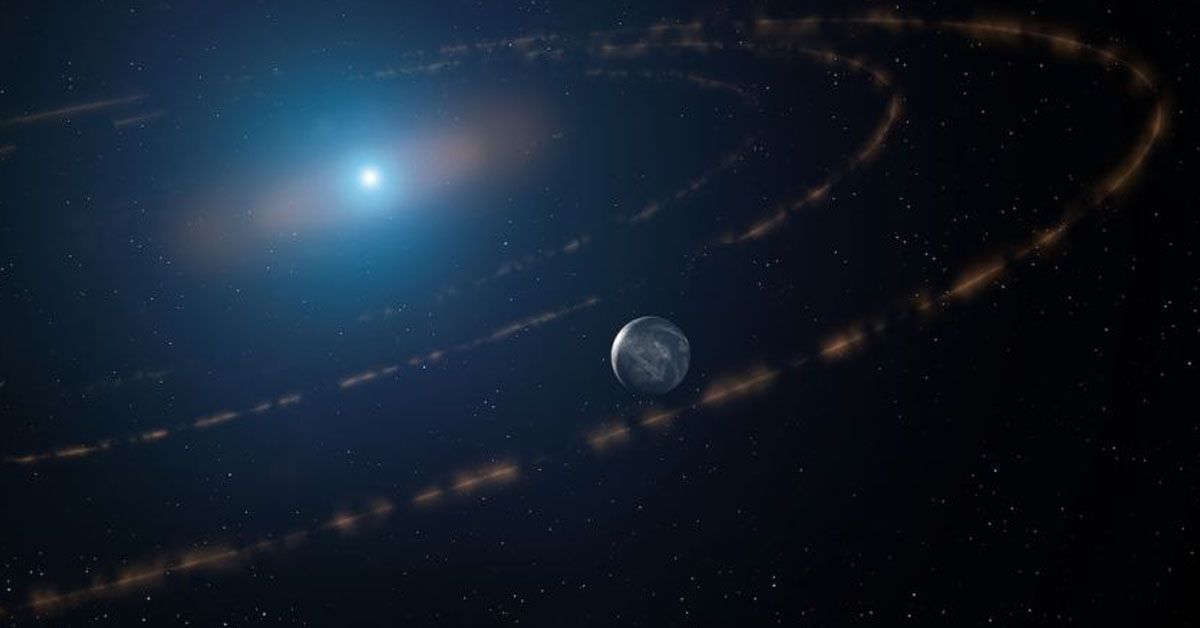Stars are not just bright spots in our night sky. They hold secrets that scientists have been unraveling for centuries. One such star, or rather a white dwarf named WD 0810–353, has been the subject of many discussions in the astronomical community.
Initially identified in 2018, this star was predicted to zoom toward our solar system at a whopping speed of approximately 373.7 kilometers per second.
Recent research, including the work by Schimeczek & Wunner, has brought some surprising revelations about WD 0810–353's actual trajectory and speed.
The Identification and Initial Trajectory of WD 0810–353
First, let's journey back to 2018 when WD 0810–353 was first spotted by astronomers. This star caught their attention because it was a "white dwarf."
Now, white dwarfs are not like ordinary stars. They are the remnants of a star that has exhausted its nuclear fuel. They are incredibly dense and have a high gravitational pull.
Due to its unique characteristics, Russian astronomers placed WD 0810–353 on a watchlist. They wanted to observe it for a long time.
The mystery began to unravel when the Russian astronomers tried to predict the future course of WD 0810–353. They used a variety of techniques to estimate the speed of this white dwarf. The figures they came up with were astonishing.

They estimated that WD 0810–353 was racing through space at an incredible 373.7 kilometers per second. That's over a thousand times faster than the speed of an airplane!
Based on this speed, they predicted that in about 29,000 years, WD 0810–353 would be just 0.49 light-years away from our sun. To put it in perspective, that's close enough to pass through the Oort Cloud, the farthest boundary of our solar system.
Re-Evaluating WD 0810–353's Trajectory
Enter a Spanish team of researchers who decided to take a second look at the white dwarf's speed. What they discovered turned previous assumptions on their head.
Through their calculations, they found that the dwarf was actually moving at a far slower pace, a comparatively sluggish 83 km/sec. That's a lot slower than the earlier estimate, don't you think?
This new speed suggested a very different future for WD 0810–353, one that didn't include a rendezvous with our solar system.
But why such a large difference in speed estimates?

The answer lies in the magnetic field of the white dwarf. You see, the magnetic field around a star can influence how we perceive its movement. This happens because a strong magnetic field can alter how light travels from the star to us.
In the case of WD 0810–353, its magnetic field was so powerful that it created an illusion of faster movement.
Understanding WD 0810–353's Magnetic Field
To understand this illusion, scientists turned to a technique called Hydrogen Alpha Line analysis. This analysis checks the light from a star to see if it has shifted toward the blue or red end of the spectrum.
In WD 0810–353's case, the light had shifted towards the blue end, an effect caused by its strong magnetic field. This blue shift created an illusion of the star moving faster than it actually was.
When Schimeczek & Wunner compared the Hβ and Hα components' wavelengths with the WD 0810–353 spectrum, they found an interesting coincidence.

The wavelengths of these components lined up with the absorption features observed in the white dwarf's spectrum. This alignment was another piece of the puzzle confirming that the dwarf's magnetic field was indeed causing a spectral shift.
This means that the illusion of faster movement was not due to any external factors, but was purely a result of the dwarf's strong magnetic field.
While WD 0810–353 continues its cosmic journey, we can rest easy knowing it's not on a path toward our home, the solar system. This celestial enigma reminds us of the endless mysteries the universe holds, waiting for us to uncover.
Sources: arxiv.org













